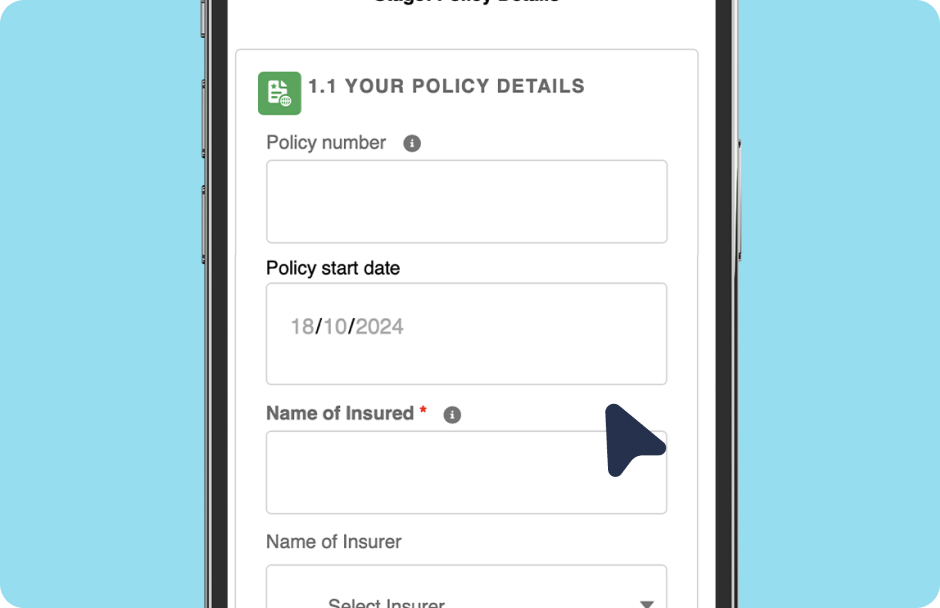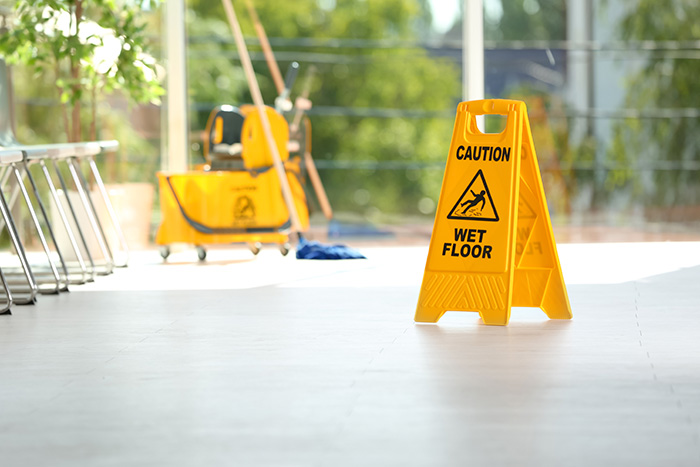Compare quotes from our trusted insurance partners:
On this page:
What is retailer insurance?
Retailer insurance (the different types of business insurance available to retail businesses) helps retailers like you protect your business from the impact of risks like third-party injuries, accidental damages or natural disasters.
Commercial leases often require tenants to maintain Public Liability insurance and Glass insurance. There may also be a requirement that your landlord is noted as an interested party on the insurance policy.
While you help take your customers’ worries away with a bit of retail therapy, we’ll take your worries away with business insurance. Whether you sell the best gifts in town, the latest fashion, or the most delicious baked goods, with just a few clicks or a single phone call you’ll get multiple competitive quotes from some of Australia’s leading insurers. Select your preferred policy and you’ll be covered instantly, so you can continue getting down to business.

Why do retail businesses need insurance?
Retailers may need business insurance to open a physical store, guard against theft or cover unexpected bills.
Protect your inventory
Lease a retail space
Covers costs of replacing damaged office furniture or equipment
Pay legal costs if you face a liability claim
Who needs retailer insurance?
Business insurance is essential for many types of retail businesses, including clothing stores, supermarkets, bakeries and many more, like:
Supermarkets
Clothing stores
Cosmetics stores
Convenience stores
Florists
Hardware stores
What types of insurance do retailers need?
We offer a range of policies designed to cover your business, machinery, and stock. Build an insurance package that suits your needs and buy in minutes.
Popular cover types for retailers:
Retailers could also consider:
Let’s cover your small business on the go
Start a quote to see how much you can save and buy online in minutes.
How much does retailer insurance cost?
The average cost of business insurance for retailers is $83 per month* with BizCover. However, the cost of your policies will depend on different factors, such as the services you provide and the size of your business.

How is the cost of insurance calculated?
Risks of the industry
Cover level amount
Annual turnover
Number of employees
Claims history
Customer Average Monthly Payment Report is based on 1 July 2023 to 30 June 2024 and presented as a guide only. It may not reflect pricing for your particular business, as individual criteria will apply.
Get cover that works with the risks of your business
Select different cover amounts for each policy listed below.
This is the most you will be paid out if you need to make a claim.
Unsure how much to choose? Think about:
Underinsurance
We know it’s tempting to select a lower level of cover to reduce premiums, but this can leave businesses shocked and insufficiently covered when making a claim.
Ways underinsurance catches business owners out:
Inflation
With inflation, the cost of living and doing business increases. Remember to cover you, your tools and assets for the rising costs of replacing or covering them, not what you paid for them – you may be surprised at the difference.
Not covering the full cost of your risks
If you select cover levels for less than the value you may be found liable – left out of pocket when it comes to claims time. It’s important to review your risks and determine how much you will need to cover any claim that may come your way.

Factors influencing cost
Risk of the industry
Cover level amount
Annual turnover
Number of employees
Claims history
Customer Average Monthly Payment Report is based on 1 July 2023 to 30 June 2024 and presented as a guide only. It may not reflect pricing for your particular business, as individual criteria will apply.
Get cover that works with the risks of your business
Select different cover amounts for each policy listed below.
This is the most you will be paid out if you need to make a claim.
Unsure how much to choose? Think about:
Statutory professional requirements
Cover required by contracts
Number of employees being covered
Your contract value
Worst case scenario claim size
Underinsurance
We know it’s tempting to select a lower level of cover to reduce premiums, but this can leave businesses shocked and insufficiently covered when making a claim.
Ways underinsurance catches business owners out:
Inflation
With inflation, the cost of living and doing business increases. Remember to cover you, your tools and assets for the rising costs of replacing or covering them, not what you paid for them – you may be surprised at the difference.
Not covering the full cost of your risks
If you select cover levels for less than the value you may be found liable – left out of pocket when it comes to claims time. It’s important to review your risks and determine how much you will need to cover any claim that may come your way.
How it works – buying online
5 easy steps to get instant cover online today

Select Profession
Pick Your Covers
Add Business Details
Compare Quotes
Get Covered Online
How to make a claim online
We’ll assist you through the claims process & manage the claim directly with the insurer.

Let us know Fill out our
claims form and provide info
to support the claim
Receive extra support We
will assist you with your claim
Claim results We will notify
you of the claim outcome.



Award-Winning Tech & People
We’re not ones to blow our own trumpet, but we are pretty proud of our innovative insurance platform, outstanding team, and stellar workplace.
See how much others have saved while purchasing policy through BizCover
^ Savings made from January 2024 to April 2025. This information is provided as a guide only and may not reflect pricing for your particular business, as individual underwriting criteria will apply.
Frequently Asked Questions
There are many types of cover available to retailers. Depending on your business needs, you might consider popular policies, such as:
- Public Liability insurance
Public Liability insurance is an important type of insurance cover for retail shop owners. Public Liability insurance is designed to provide protection for you and your business in the event a customer, supplier or a member of the public is injured or sustains property damage as a result of your negligent business activities.
It’s also important to ensure you have appropriate Product Liability cover to protect your business against personal injury or property damage claims caused by the products you sell. Many Public Liability policies include Product Liability cover.
- Business Insurance
Your customers are important, but so are your business assets. Without the right cover, you could be hit with a few unwanted challenges that could leave you severely out of pocket.
Business Insurance can provide cover for:
- Contents and stock* – this type of insurance provides cover for loss of or damage to items such as business equipment, stock, plant and machinery, records and furniture belonging to you at the insured location.
- Theft – This type of insurance can cover your contents and stock from theft, attempted theft or armed hold up. Your items are normally required to be securely stored before the incident occurs.
- Building* – this type of insurance will cover for loss and damage to buildings you own, as a result of an insured event (such as fire, storm, wind).
- Glass* – a common coverage for retail businesses is glass insurance, which covers for damage to the glass and signage at the insured business location.
- Money* – protect money belonging to your business from being lost, stolen or damaged whilst on your premises, in transit, or in your personal custody.
Business Interruption* – could your business survive being shut due to an insurable event, for a few days, a week, or longer? Business interruption insurance covers for financial loss as a result of an interruption to your business caused by an insured event (such as fire).















Real-life customer reviews verified by Feefo